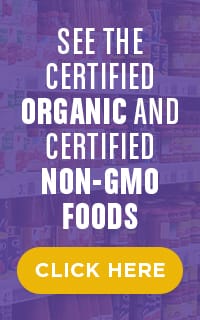The European Food Safety Authority concluded that this substance had the potential to impact testicular health.
European Food Safety Authority. 2009. Scientific Opinion on the re-evaluation of Sunset Yellow FCF (E 110) as a food additive. EFSA Journal 7(11), 1330.
EFSA concludes there is limited evidence that Yellow 6 in a mixture with other synthetic colours and sodium benzoate has a "small and statistically significant effect on activity and attention in children selected from the general population"
European Food Safety Authority. 2009. Scientific Opinion on the re-evaluation of Sunset Yellow FCF (E 110) as a food additive. EFSA Journal 7(11), 1330.
A review article reports mixed evidence of genotoxicity.
Peer Reviewed Literature: Amchova, P., H. Kotolova & J. Ruda-Kucerova. 2015. Health safety issues of synthetic food colorants. Regulatory toxicology and pharmacology : RTP 73(3), 914-22.
A review article reports evidence of impacts on male gonads in rats.
Peer Reviewed Literature: Amchova, P., H. Kotolova & J. Ruda-Kucerova. 2015. Health safety issues of synthetic food colorants. Regulatory toxicology and pharmacology : RTP 73(3), 914-22.
A review article reports mixed evidence of genotoxicity.
Peer Reviewed Literature: Amchova, P., H. Kotolova & J. Ruda-Kucerova. 2015. Health safety issues of synthetic food colorants. Regulatory toxicology and pharmacology : RTP 73(3), 914-22.
A review article reports evidence of impacts on male gonads in rats.
Peer Reviewed Literature: Amchova, P., H. Kotolova & J. Ruda-Kucerova. 2015. Health safety issues of synthetic food colorants. Regulatory toxicology and pharmacology : RTP 73(3), 914-22.
EFSA concludes that some sensitive individuals may experience allergic reactions at dose levels within the ADI.
European Food Safety Authority. 2009. Scientific Opinion on the re-evaluation of Sunset Yellow FCF (E 110) as a food additive. EFSA Journal 7(11), 1330.
Review article concluded that chemical caused hypersensitivity reactions.
Peer Reviewed Literature: Kobylewski, S. & Jacobson, M.F. 2012. Toxicology of food dyes. International journal of occupational and environmental health 18(3), 220-46.
Review article concluded that chemical caused hypersensitivity reactions.
Peer Reviewed Literature: Kobylewski, S. & Jacobson, M.F. 2012. Toxicology of food dyes. International journal of occupational and environmental health 18(3), 220-46.
NTP Toxcast scored 1.5-2.5
National Toxicology Program (NTP): EWG Toxcast Analysis
NTP Toxcast scored 1.5-2.5
National Toxicology Program (NTP): EWG Toxcast Analysis
Concerns from impurities
Impurity: CADMIUM
Suspected of causing genetic defects
EU GHS Hazard Labeling Codes: GHS Hazard Codes
Impurity: CADMIUM
May cause cancer
EU GHS Hazard Labeling Codes: GHS Hazard Codes
Impurity: CADMIUM
Causes damage to organs through prolonged or repeated exposure
EU GHS Hazard Labeling Codes: GHS Hazard Codes
Impurity: CADMIUM
Suspected of damaging fertility.
EU GHS Hazard Labeling Codes: GHS Hazard Codes
Impurity: CADMIUM
Suspected of damaging the unborn child.
EU GHS Hazard Labeling Codes: GHS Hazard Codes
Impurity: CADMIUM
Carcinogenic to humans
International Agency for Research on Cancer (IARC): Agents classified by the IARC Monographs (through Volume 127)
Impurity: CADMIUM
Known To Be Human Carcinogen
National Toxicology Program (NTP): NTP 14th Report on Carcinogens
Impurity: CADMIUM
Probably carcinogenic to humans
Environmental Protection Agency (EPA): EPA Integrated Risk Information System (IRIS) - Cancer







 EWG's Good Food on a Tight Budget
EWG's Good Food on a Tight Budget
 EWG's Shopper's Guide to Pesticides in Produce
EWG's Shopper's Guide to Pesticides in Produce
 EWG's Good Seafood Guide
EWG's Good Seafood Guide
 EWG's Healthy Living: Home Guide
EWG's Healthy Living: Home Guide
 EWG's Tap Water Database
EWG's Tap Water Database
 EWG and Keep A Breast Foundation's Dirty Dozen List of Endocrine Disruptors
EWG and Keep A Breast Foundation's Dirty Dozen List of Endocrine Disruptors


